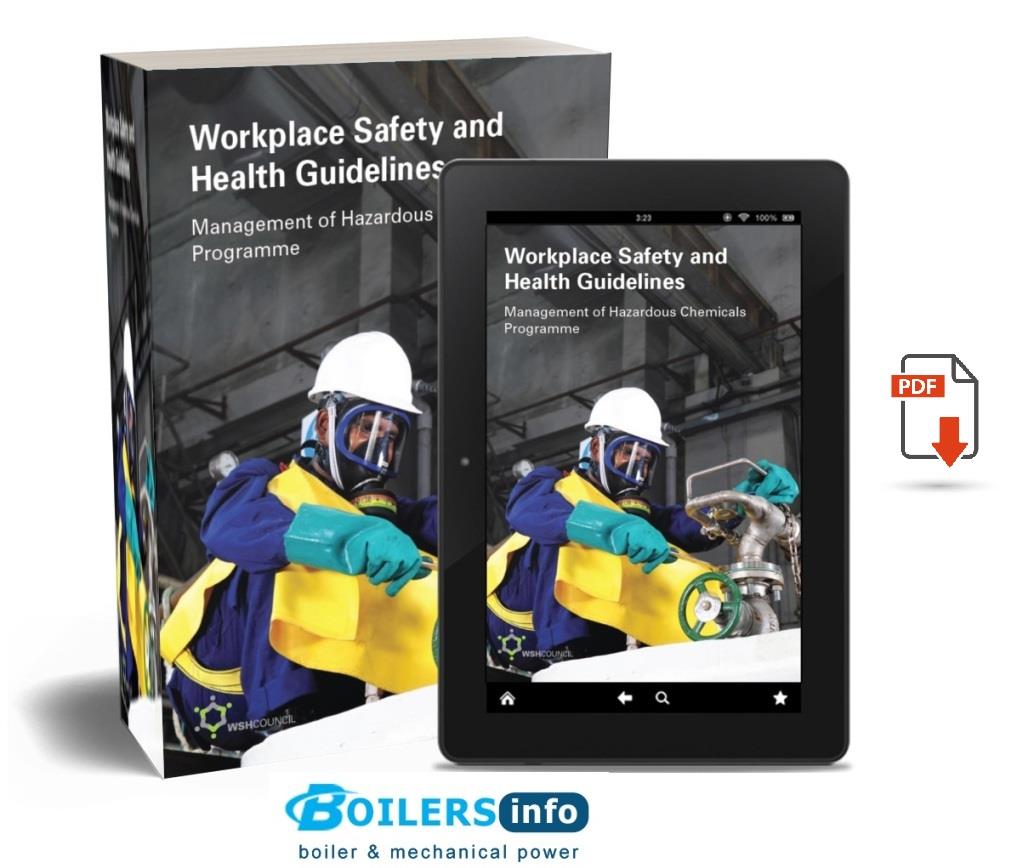Workplace Safety and Health Guidelines: Management of Hazardous Chemicals
In today’s industrial and commercial environments, hazardous chemicals play a crucial role in various processes. However, their use comes with significant risks. Effective management of hazardous chemicals is not just a regulatory requirement—it is a fundamental aspect of workplace safety and health. An organized and well-implemented hazardous chemical management programme safeguards workers, protects the environment, and minimizes operational disruptions.

Understanding Hazardous Chemicals
Hazardous chemicals are substances that pose a risk to health, safety, or the environment due to their chemical properties. These may include flammable, toxic, corrosive, reactive, or carcinogenic compounds. Workers can be exposed through inhalation, skin contact, ingestion, or accidental release, leading to acute or chronic health effects.
Key Components of a Chemical Safety Management Programme
1. Chemical Inventory and Classification
Maintaining an up-to-date inventory of all hazardous chemicals used or stored on-site is the first step. Each chemical must be classified based on its properties using globally recognized systems such as the Globally Harmonized System of Classification and Labelling of Chemicals (GHS).
2. Safety Data Sheets (SDS)
Every hazardous chemical must have an accessible and current Safety Data Sheet (SDS). SDSs provide essential information on chemical properties, hazards, handling procedures, emergency measures, and disposal methods.
3. Risk Assessment and Control Measures
Before any chemical is used, a risk assessment should be conducted. This includes identifying potential hazards, determining who may be exposed, and evaluating the likelihood and severity of harm. Control measures can then be implemented, typically following the hierarchy of controls:
- Elimination
- Substitution
- Engineering controls
- Administrative controls
- Personal protective equipment (PPE)
4. Safe Work Procedures and Training
Standard operating procedures (SOPs) should be established for handling, storing, and disposing of chemicals safely. Employees must receive regular training tailored to their specific roles, including proper use of PPE, spill response, and emergency protocols.
5. Labeling and Signage
Proper labeling of all chemical containers is critical. Labels must clearly indicate the contents, hazards, and handling instructions. Additionally, warning signs should be placed in storage areas, laboratories, and other relevant locations.
6. Storage and Segregation
Hazardous chemicals must be stored in appropriate containers and conditions (e.g., ventilation, temperature control) and segregated to prevent dangerous interactions. For example, acids should be stored separately from bases, and oxidizers away from flammables.
7. Emergency Preparedness and Spill Response
A clear and rehearsed emergency plan must be in place, covering fire, chemical spills, and exposure incidents. This includes readily available spill kits, eyewash stations, and first aid equipment, along with trained personnel ready to respond.
8. Health Surveillance and Monitoring
For chemicals that pose serious health risks, such as asbestos or benzene, ongoing health surveillance of workers is necessary. This ensures early detection of exposure-related conditions and provides data for improving control measures.
9. Regulatory Compliance and Audits
Compliance with national and international regulations is mandatory. Regular audits and inspections help ensure adherence to safety standards and promote continuous improvement of chemical management practices.
Conclusion & Book⬇️
Managing hazardous chemicals in the workplace requires a proactive, systematic approach. A robust safety and health guideline programme not only minimizes accidents and health hazards but also enhances productivity and organizational reputation. Employers, safety officers, and workers must collaborate to cultivate a culture of chemical safety—where knowledge, preparedness, and accountability go hand in hand.
By embedding these principles into everyday operations, companies can confidently navigate the complexities of hazardous chemical management and build a safer, healthier workplace for all.
 Boilersinfo Boiler and Mechanical Power Digital Library
Boilersinfo Boiler and Mechanical Power Digital Library





